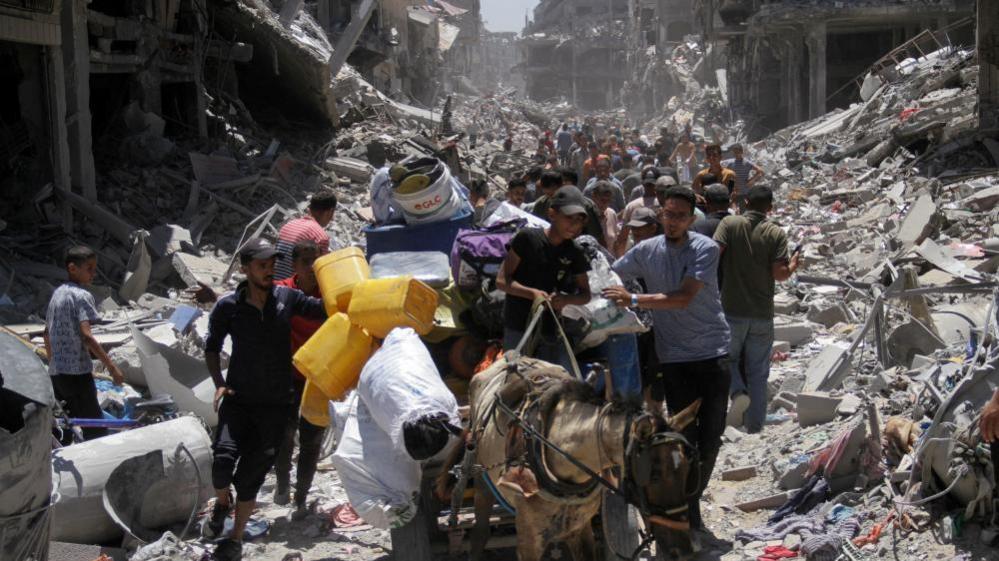
As the guns fall silent across Gaza, the war-scarred enclave is beginning to breathe again — cautiously, painfully, and with deep uncertainty. The ongoing Israel–Hamas ceasefire has brought the first days of relative calm after months of devastation, allowing aid convoys to move in, families to return, and hopes for a fragile peace to flicker amid the ruins.
The United Nations and humanitarian organizations have begun ramping up operations, with hundreds of trucks carrying food, fuel, and medical supplies entering Gaza daily through reopened border crossings. Aid workers say the immediate priority is restoring clean water, electricity, and shelter for the hundreds of thousands left homeless. “This is just the beginning of what will be a long road to recovery,” said a UN field coordinator in Rafah.
In the north, scenes of heartbreak and resilience unfold simultaneously. Displaced families are returning to neighborhoods in Gaza City and Jabaliya, only to find homes reduced to rubble. Streets once filled with markets and schools now resemble ghost towns. “We came back to nothing,” said one resident. “But at least the bombing has stopped — for now.”
Israel has begun withdrawing troops from several forward positions under the ceasefire terms. The move, confirmed by both Israeli and international observers, has allowed limited civilian movement and humanitarian access to resume. However, tensions remain high, with each side accusing the other of minor ceasefire violations. Analysts warn that without concrete political progress, renewed fighting remains a real threat.
The truce agreement also includes a hostage and prisoner exchange, one of its most sensitive components. Several Israeli hostages held by Hamas are expected to be released within days, while Israel will free dozens of Palestinian detainees in return. For many families, the deal represents a rare glimmer of hope amid months of despair.
Meanwhile, governance and security inside Gaza remain unresolved. Hamas leaders have publicly rejected proposals to disarm or relinquish authority, while the Palestinian Authority (PA) has expressed readiness to assist in reconstruction and transitional governance. International mediators, including Egypt and Qatar, are urging both sides to support a new framework to stabilize the region.
Humanitarian groups continue to warn of enormous challenges ahead. Beyond physical destruction, Gaza faces a deep psychological crisis. Doctors report rising cases of trauma, depression, and malnutrition, especially among children. “The war may be over for now,” one aid worker said, “but the suffering has only begun to surface.”
Despite the uncertainty, small signs of resilience are visible everywhere — children playing among broken walls, volunteers clearing debris, and local organizations distributing hot meals. As one teacher in Khan Younis put it: “We are broken, but we are still here. That is our message to the world.”
For Gaza’s 2.3 million residents, the ceasefire offers more than just silence after the storm — it is a fragile lifeline, and perhaps, a chance to start again.
Watch video below :











